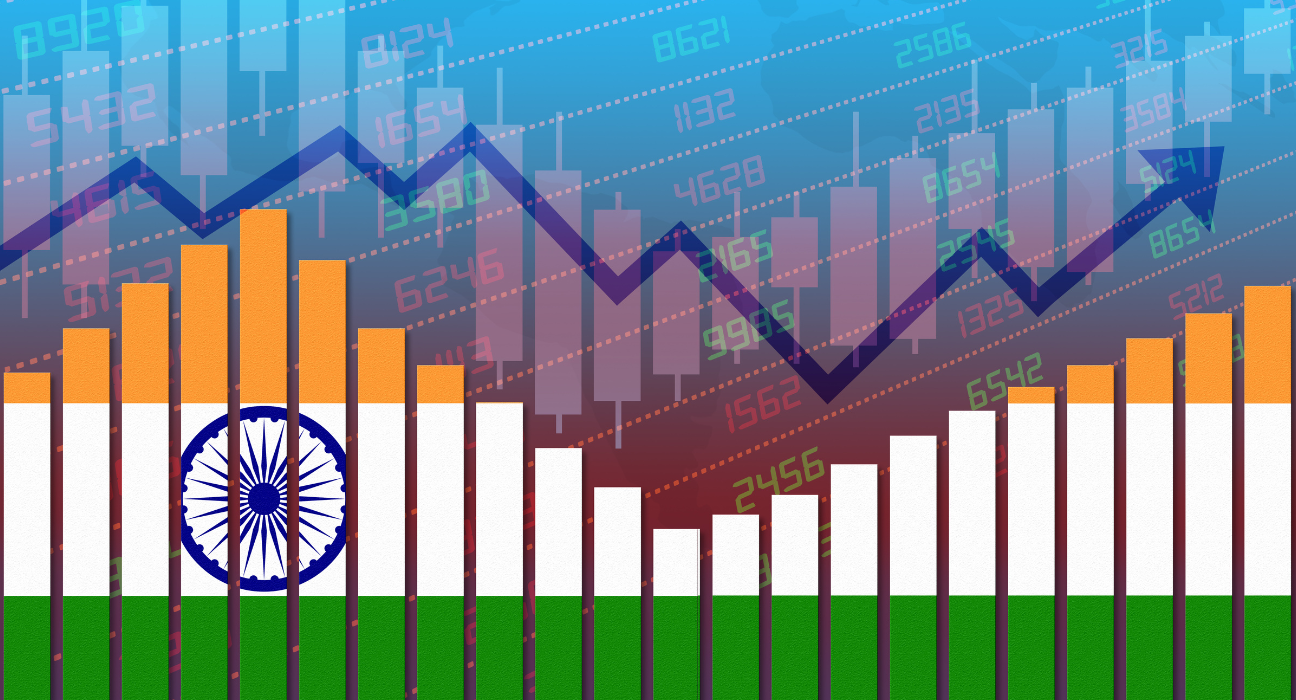In a world filled with economic instability, war-induced unease and slow global trade growth, India is continuing to come out on top. Even as the World Bank reduced its growth forecast for India for FY 2025–26 to 6.3% — a slight reduction of 0.4% from previous projections — India is still the fastest growing major economy in the world. While everyone else slows down, India is still speeding along.
The latest Global Economic Prospects report released by the World Bank shows India ahead of global leaders such as China (4.8%), the United States (2.3%), and the Eurozone (0.7%). Recent data also cements the nation’s view of India as a real economic outlier — that is both surviving and thriving in chaos.
Why Global Growth Forecasts are Declining Everywhere?
The world economy is fragile. Ongoing conflicts, disruptions to trade flows, inflation pressures, and high interest rates in important economies will slow the economy further. This is why the World Bank cut its global growth forecast to only 2.3% in 2025, the lowest non-recession growth rate in nearly 20 years.
Advanced economies, including the U.S., Europe, and China are all projected to slow. In this backdrop, any country with a growth rate over 5% would have outperformed – and India’s 6.3% will have put it firmly in front of the pack.
Why India’s FY26 Growth Forecast Downgraded ?
At 6.3%, India’s growth is still strong, and the tiny downgrade (from 6.7%) reflects some real challenges. Among these are:
- Export growth much weaker than anticipated
India’s exports are facing numerous challenges based on weak global demand, led by Europe and China overall. Global shipping costs are still very high and geopolitical disorder, like the Red Sea conflict, adds further complexity.
- Industrial slowdown
While services and construction growth are booming – India’s industrial output has cooled. We see this largely due to global orders lowering and hesitancy on the domestic investment side.
- Foreign global drag
India is closely connected to global trade. When the world slows, even a strong economy like India will also feel the effects of the cutback — especially the export market, capital flows, and commodity prices.
What is Still Driving India’s Growth?
Despite the global headwinds, there are several key sectors which are providing domestic momentum:
- Services Sector
India’s services – such as IT, banking, communications, and tourism – are doing extremely well. These sectors are less export driven and continue to see solid demand domestically and internationally.
- Public Investment
The Indian government’s continued focus to improve infrastructure – roads, rail, digital infrastructure, and logistics – has positively impacted capital expenditure, jobs and consumption.
- Resilient Consumption
Urban consumption, in tier-1 and tier-2 cities, remains strong. There is continued healthy demand in sectors such as real estate, automobiles, and retail.
What does the RBI say?
The Reserve Bank of India (RBI) is slightly more optimistic, projecting FY26 growth of 6.5%. They indicated that India has stable inflation, strong forex reserves, and a healthier banking system, all of which are conducive to macroeconomic stability. This ensures room for more interest rate cuts or stimulus as needed.
What needs to improve?
The World Bank also identified some areas of concern India must address, in order to maintain and accelerate growth:
- Capacity for Private Investment
Public spending is carrying the load, but private sector investment continues to remain wary. Facilitating credit, easing compliance, and improving the ease of doing business is the next crucial step.
- Diversifying Exports
India must find ways to get away from its over-reliance on traditional exports (textiles, software services, etc.) and push into areas like semiconductors, renewables, and defense manufacturing.
- The Monsoon Factor
A significant part of India’s rural economy continues to be dependent upon the monsoon. As climate change becomes reality, rainfall patterns are becoming less predictable, which has an impact on both agriculture, and consequently rural demand.
Long-Term Prospect: Can India Maintain Their Performance?
Yes, as long as movement in policies continues. The World Bank said that India may average 6.6% growth FY 27-28 from:
- Recovery in exports
- Digitally-led productivity improvement
- Localization of supply chains
- Reforms backed by the government
The South Asia region is also expected to grow 6.2% by 2027 – primarily because of India’s strong impact.
Conclusion.
While India’s economic outlook has been revised slightly downwards it should continue to be bright in light of a slowing global context. India’s strong domestic consumption, public investment, and momentum in public services is still reasonably good. India can hold, if not accelerate, its growth leadership in the coming years if private sector activity revives, and we pursue further reforms in a more focused manner on the various sectors in its economy.
Disclaimer:
This article is based on data available in the public domain. Projections and actual outcomes have an inherent margin of error based on changing conditions globally and domestically. Readers undertaking significant investment or policy decisions should seek formal confirmations through posted official sources.
